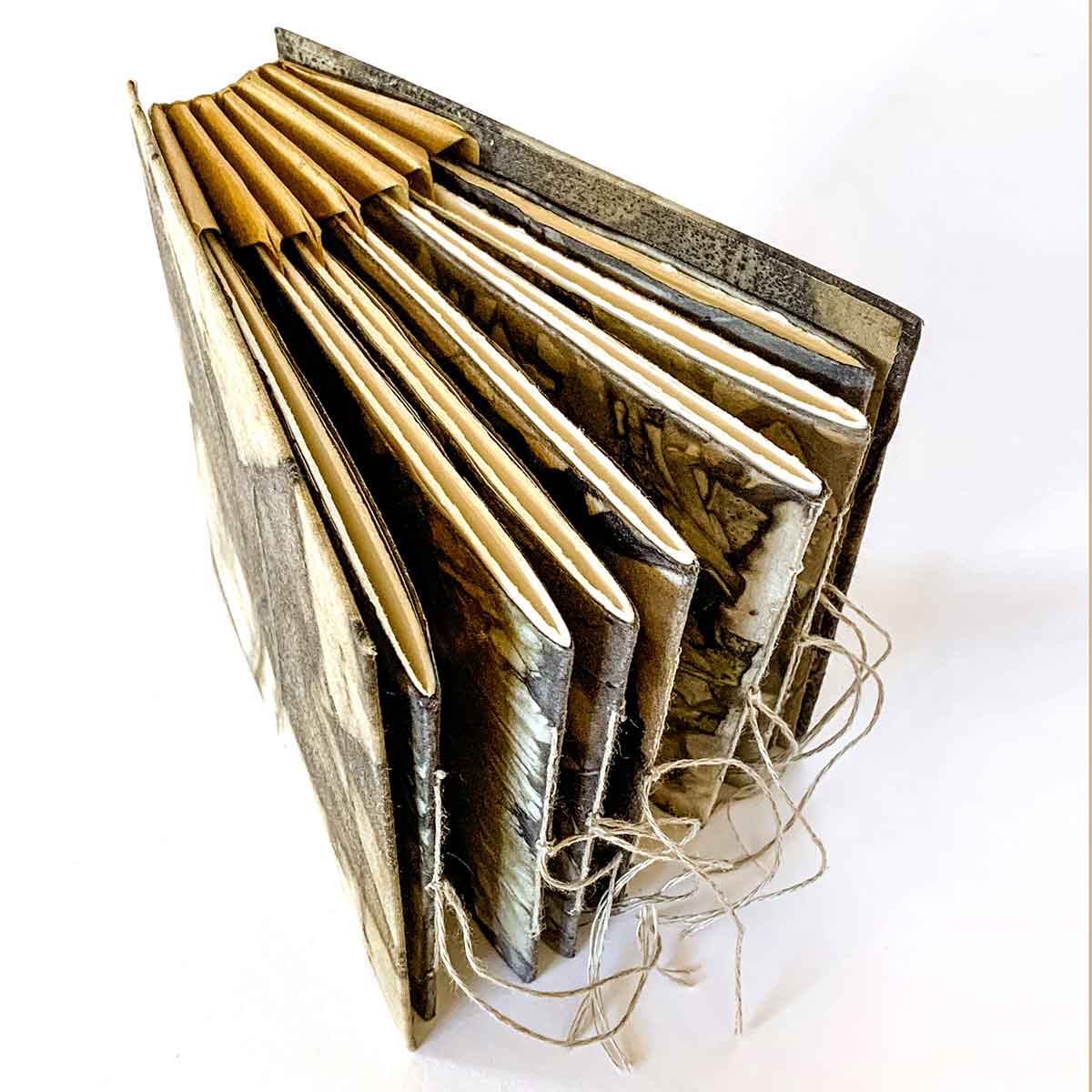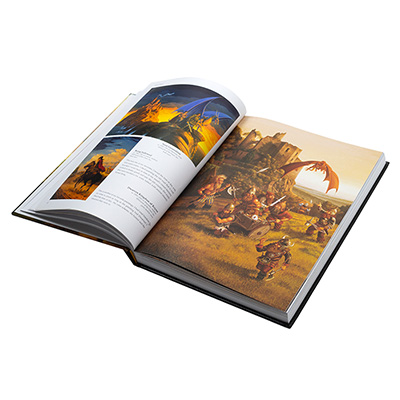A Roadmap to Budgeting a High-End art book Production
A Roadmap to Budgeting a High-End art book Production
Blog Article
Understanding the Process Behind Top Notch Art Book Printing for Art Lovers
When it concerns high-quality art book printing, comprehending the intricacies of the procedure can elevate your recognition for the end product. You could not realize just how crucial paper option and ink options are to the vibrancy of art work. Each element plays a considerable role in attaining the desired effect. As you explore the various elements of art book printing, you'll discover insights that could transform your perspective on art preservation and presentation.
The Significance of Paper Selection in Art Book Printing
When it comes to art book printing, the choice of paper can make or break the final product. You want your art work to shine, and the best paper boosts color vibrancy and information. Think about variables like weight, texture, and coating; these elements substantially affect exactly how visitors regard your job.
For instance, a much heavier stock conveys top quality and resilience, while a distinctive coating can include depth to pictures. Smooth paper is outstanding for thorough recreations, enabling fine lines and subtle shades to show up crisp.
Don't forget the paper's illumination; a brighter sheet can aid colors pop, making your art a lot more eye-catching. You'll also want to believe about how the paper interacts with inks and whether it can deal with the printing process without warping or bleed-through. Eventually, picking the best paper sets the phase for your art, ensuring it captures the target market's interest just as you pictured.
Choosing the Right Inks for Lively Recreations
Selecting the best inks is equally as essential as choosing high quality paper to attain dynamic reproductions in your art book. When you're printing artwork, you want colors that stand out and precisely stand for the original piece. Select inks with a high pigment concentration; these have a tendency to produce richer and much more saturated shades.
You may think about using archival inks, which withstand fading with time, guaranteeing your art book continues to be as striking as the day it was printed. If you're dealing with photos or digitally created art, pigment-based inks can supply a bigger shade range, enhancing detail and depth.
Don't forget about the coating! Matte and shiny inks can drastically modify the look of your artwork, so consider the look you're aiming to attain - art book. Eventually, the right ink choice matches your paper selection, producing a stunning visual experience for your visitors
The Duty of Shade Management in Publish Quality
Color administration plays a crucial duty in accomplishing high print high quality for your art book. It ensures that the shades you see on your display equate properly to the published page. Without efficient shade administration, your lively artworks might appear dull or distorted, threatening your innovative vision.
Next, use color accounts tailored for your printer and paper type. These profiles assist the printer in recreating shades accurately, decreasing disparities in between digital and printed versions.
When you prepare your data, take into consideration utilizing a color area like Adobe RGB or CMYK, relying on your printer's specifications. Constantly evidence your job, as well; a test print can disclose any kind of prospective color problems prior to the last run. By prioritizing shade management, you guard the honesty of your art, assuring your target market experiences it as you meant.

Recognizing Different Binding Strategies
Attaining the ideal search for your art book goes beyond shade administration; binding methods also play a substantial function in its general discussion and resilience. You have a number of options to examine, each with its own unique this page attributes.
If you're going for a specialist feeling, situation binding offers a tough alternative with a tough cover, perfect for showcasing your art work. On the other hand, perfect binding offers a flexible back while keeping expenses down, making it a prominent selection for softcover publications.
Spiral binding permits your art book to lay level, which is great for displaying images without obstruction. Saddle stitching is suitable for smaller booklets, providing a clean finish without the bulk.
Ultimately, the binding method you select ought to reflect your imaginative vision and how you want readers to involve with your work. Make certain to evaluate these options meticulously to attain the very best end result for your project.
The Effect of Publish Size and Layout on Discussion
While the selection of print size and format may seem additional to content, they significantly affect exactly how your art work is regarded. The dimensions of your prints can either boost or decrease the influence of your pieces. Bigger prints can attract viewers in, enabling them to value intricate details, while smaller sized styles might require more intimate interaction.

Conservation Techniques for Lasting Art Books
To ensure your art books stand the test of time, it's necessary to execute reliable conservation strategies. Beginning by keeping them in a cool, dry setting, far from direct sunlight and humidity. This prevents fading and warping, keeping your pages intact. Usage acid-free storage boxes or safety sleeves to shield them from dust and physical damages.
When handling your books, always wash your hands or use cotton gloves to prevent oils and dust moving onto the web pages. Avoid bending or wrinkling the spines; rather, make use of book supports when displaying them.
For included security, take into consideration buying archival-quality materials for any kind of repairs or improvements. Regularly inspect your collection for indications of wear or visit their website damages, attending to issues promptly. By complying with these straightforward methods, you can assure your art publications stay lively and obtainable for many years ahead, preserving their beauty and value for future generations.
Collaborating With Printers for Optimal Results
When you're ready to publish your art book, selecting the best printer is necessary to attaining your vision. Clear interaction regarding your expectations and requirements will certainly aid ensure that both you and the printer get on the same web page. Allow's discover just how to make this partnership as seamless and reliable as feasible.
Choosing the Right Printer

Reliable Interaction Methods
Effective communication is important for turning your art book vision right into truth, especially when collaborating with printers. art book. Begin by plainly outlining your project's objectives, including layout elements, preferred products, and any kind of specific printing techniques. Do not hesitate to share your motivations and references; this assists the printer understand your visual
Be open to feedback, as printers typically have useful insights that can enhance your project. This partnership will ensure that your art book satisfies your assumptions and radiates in its final form.
Frequently Asked Concerns
What Prevail Errors to Prevent in Art Book Printing?
When printing your art book, avoid common blunders like poor resolution images, inaccurate color profiles, and ignoring web page format. Do not fail to remember to check and double-check information to verify your final item satisfies your expectations.
Just How Does Digital Printing Differ From Typical Printing Techniques?
Digital printing makes use of digital data to create prints straight, enabling for quicker turnaround and personalization. In contrast, standard methods include physical plates, which can be lengthy and less versatile for small runs or one-of-a-kind styles.
What Is the Typical Turn-around Time for Art Book Printing?
The normal turn-around time for art book printing differs, yet you can anticipate it to take anywhere from a few weeks to several months. Aspects like complexity, quantity, and printing technique all influence this timeline.
Can I Publish a Restricted Edition Art Book Economically?
You can publish a limited version art book financially by picking cost-effective products, enhancing print runs, and using electronic printing options. Careful planning and budgeting will assist you attain top quality without spending too much.
What Are the Environmental Considerations in Art Book Printing?
When thinking about art book printing, you should consider environment-friendly materials, lasting inks, and energy-efficient processes (art book). Picking neighborhood printers can likewise decrease your carbon footprint, making your task both beautiful and ecologically accountable
Report this page